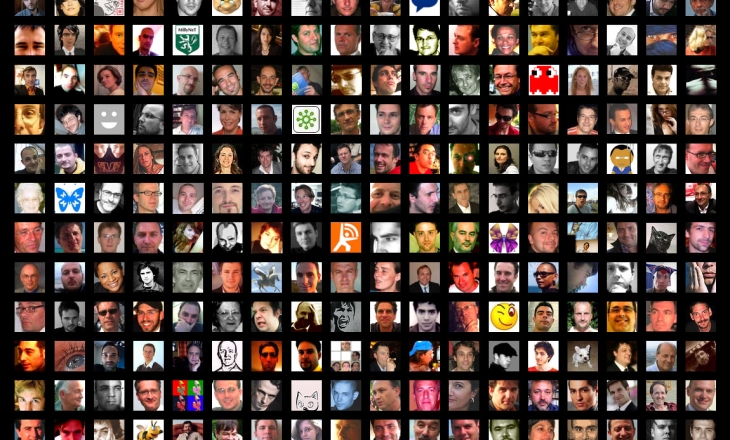Less than one in five people online follow TV on Twitter

Less than one in five (18 per cent) people online follow the show they’re watching on television via Twitter. Traditional TV viewers in the US, dubbed "couch potatoes" in a recent report, are the largest segment but only account for one third (33 per cent) of people online who watch TV.
Very focused on TV when watching it, they never phone or text people about what they’re watching and hardly ever use social media. None of this group uses Twitter trending topics or hashtags on a weekly basis to follow a show they’re watching.
These findings have been published in the report 'To Tweet or Not to Tweet: Segmenting Today's Multiscreen TV Audience' from global consulting firm Strategy Analytics, which identifies the six main ways people watch TV today through the degree to which connected devices impact viewing and TV interaction.
The next biggest group, "OTTers" – accounting for one in four (26 per cent) people – are less interested in TV, being the most likely to go 24 hours without watching it. They prefer to watch shows via online or "over-the-top" services; 95 per cent of OTTers watch a TV show they missed on a computer, tablet or smartphone.
"Couch chatterers" account for 12 per cent of TV viewers. They’re similar to couch potatoes but are 2.5x more likely than the average person online (90 per cent vs. 37 per cent) to phone or text others about what they’re watching on TV. As with couch potatoes, none of this group use Twitter to follow a show they’re watching but are much more likely to be using another device (80 per cent) when watching TV than the average viewer (65 per cent). Three in ten people are "multi-screeners", however, they use devices in different ways so split into three groups.
"Indifferent" and "moderate" multi-screeners each account for one in nine (11 per cent) people online who watch TV. "Indifferent multi-screeners" are the least interested in TV of all six groups, 83 per cent use another device whilst watching TV and they’re highly likely (84 per cent) to phone or text people about what they’re watching, 91 per cent use Twitter to follow a show.
Almost half (45 per cent) of "Moderate multi-screeners" TV viewing is done on computers, tablets or smartphones and 90 per cent go online if they’ve missed a show. However, they’re the second most likely (66 per cent) to have a pay TV subscription. They’re extremely likely to phone/text (93 per cent) about a show but only 1 per cent use Twitter on a weekly basis to follow a show.
"Manic multi-screeners" account for just 7 per cent of people. Along with indifferent multi-screeners (51 per cent) they’re the only group where over half (55 per cent) of TV viewing is conducted on other devices, however, they’re still the most likely (74 per cent) to have a pay TV subscription. They’re the most likely to use another device whilst watching TV (97 per cent), the most likely (96 per cent) to phone/text about a show and to use Twitter weekly to follow a show (100 per cent).
"The traditional way broadcasters and advertisers have discussed TV audiences for 70 years – by age and gender – is becoming increasingly irrelevant and outdated," explained David Mercer, Principal Analyst and the report’s author. "People within a traditional group, say 18-34 year old men, can watch TV in completely different ways so new behaviours are as important as demographics when it comes to planning for all elements within the TV industry – whether content, scheduling or advertising."
"However, broadcasters and advertisers need to learn the intricacies about the relationship between TV and new devices. For instance, there’s been a lot of hype about how Twitter is changing TV viewing but, in reality, only two types of people are remotely engaged with ‘Twitter + TV’. Consequently, strategies heavily focused on this would be a big waste as it’s irrelevant to over 80 per cent of TV viewers."
[This article is based on a press release]









